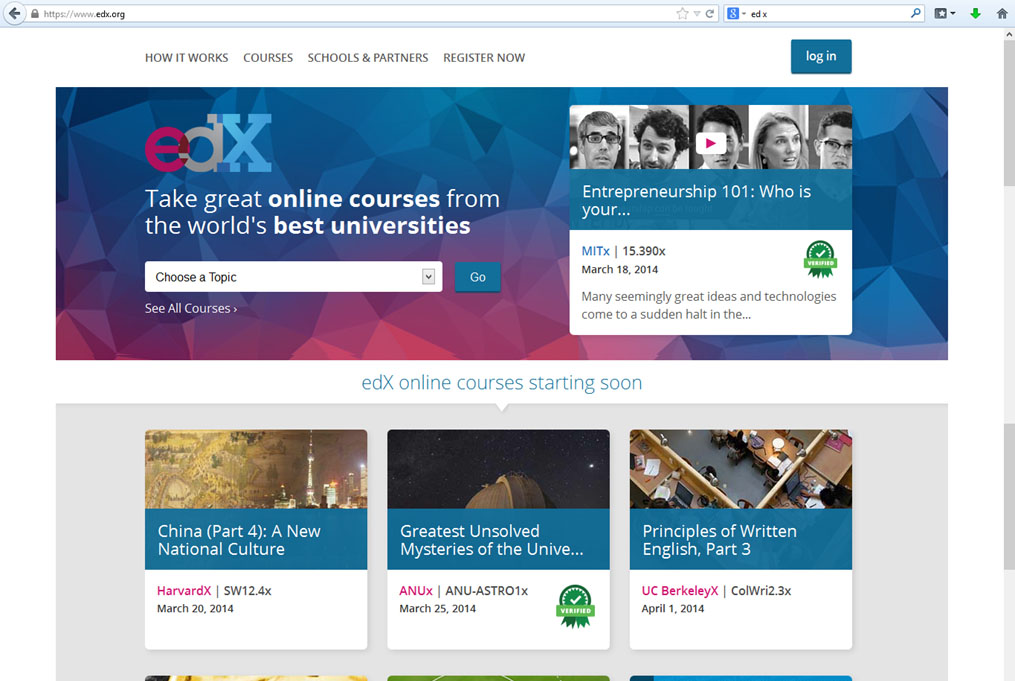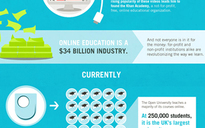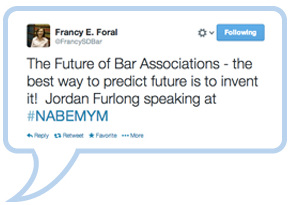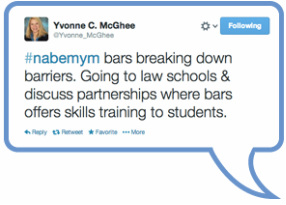Earlier this month Dr. Laurelle Jno Baptiste, ScholarLab's COO and Co-founder, travelled to Austin, Texas to present her innovative new workshop iLearn, iConnect, iGrow at Texas Society of Association Executives' Tech Talks Conference. Check out this summary that highlights the workshop's most important ideas about the future of learning online and why organizations around the world need to take notice!
 Image (C) Christine Oh, 2014
Image (C) Christine Oh, 2014 As an association executive, you should get to know Madison, because someone just like her is coming to a classroom, workplace or association near you. The question is, how are you going to capture her attention?
| 75% of American colleges and universities now offer online education programs. | Over 6 million learners in the post secondary system are taking courses online. | 67% of educators believe that online education is on-par with or superior to learning in the classroom. |
Barriers: Do you have learning communities for people like Madison?
Learning communities mean much more than just a classroom or some online courses. They represent an ecosystem of tools for members to not only learn, but to discuss, share, create and network along the way.
Issue 1: Madison wants to take your course but can’t make the 45 minute commute to your association’s headquarters. Plus between her school, practicum and other volunteer responsibilities, she can’t guarantee her availability every week at the same time.
Issue 2: Madison has taken one of your courses online but found the course layout, design, and content delivery outdated, text-heavy and administrative.
Issue 3: Madison is interested in your online learning programs, but none of your courses or events can be viewed on her iPhone or iPad, nor do they involve any kind of networking or social media functions. She instead opts for an online course or event that is mobile-friendly and collaboration-oriented.
What started out as a great opportunity for Madison to connect with your association has become complicated and stressful, so she seeks another vendor.
What are your new and existing members looking for?
Are you developing your education strategy with learners like Madison in mind? Here are some of the elements that new learners look for, and elements that you can provide by making the jump to learning in the digital:
Just-in-time learning: Turn your one-way, one-time only courses, presentations or events into ongoing resources, with unlimited outreach to potential members worldwide.
Mobile-friendly technology: With the mobile classroom, learners can use their smart phones and tablets to view your courses, conferences, presentations and events anywhere they want, whenever works for them.
24/7 access: Give members around-the-clock access to course presentations and materials, and the flexibility to learn in the way that works best for them.
Pause, skip ahead, replay: Let your members learn at their own pace, take notes, review or move ahead. You’ll be creating learning environments that cater to individual learners instead of the masses and your members will appreciate it.
Economic renaissance: The rapid development of technology has made it far more economical to bring content online. Associations all over the world are using new forms of webinars, learning systems, video conferencing and more to attract and connect with learners all over the world.
| 68% of teachers believe that video content helps stimulate discussions. | 44% of high school students in a study scored higher on their exams when material was presented in video format. | 62% of teachers believe that video helps them be more effective. |
| When you hear information, 3 days later you will recall 10%. | When you see images with audio, 3 days later you recall 65%. |
Uncover the potential!

Remember that these new members are intricately attracted to new learning communities.
We now have the technologies to address the biggest issue that associations face: how to connect with all the people who would like to come to take courses or attend your events, but can’t.
Source List
Infographic clip: 75% of American post-secondaries offering online education etc. http://blog.hotspotshield.com/2014/01/16/rise-online-education-infographic/
Online Learning Stats: http://www.edudemic.com/thumbs-online-learning/ via, created by http://www.coloradotech.edu/
“Why use video?” statistics from http://brainrules.net/pdf/BrainRules_JohnMedina_MediaKit.pdf and http://www.edudemic.com/use-video-education/


































